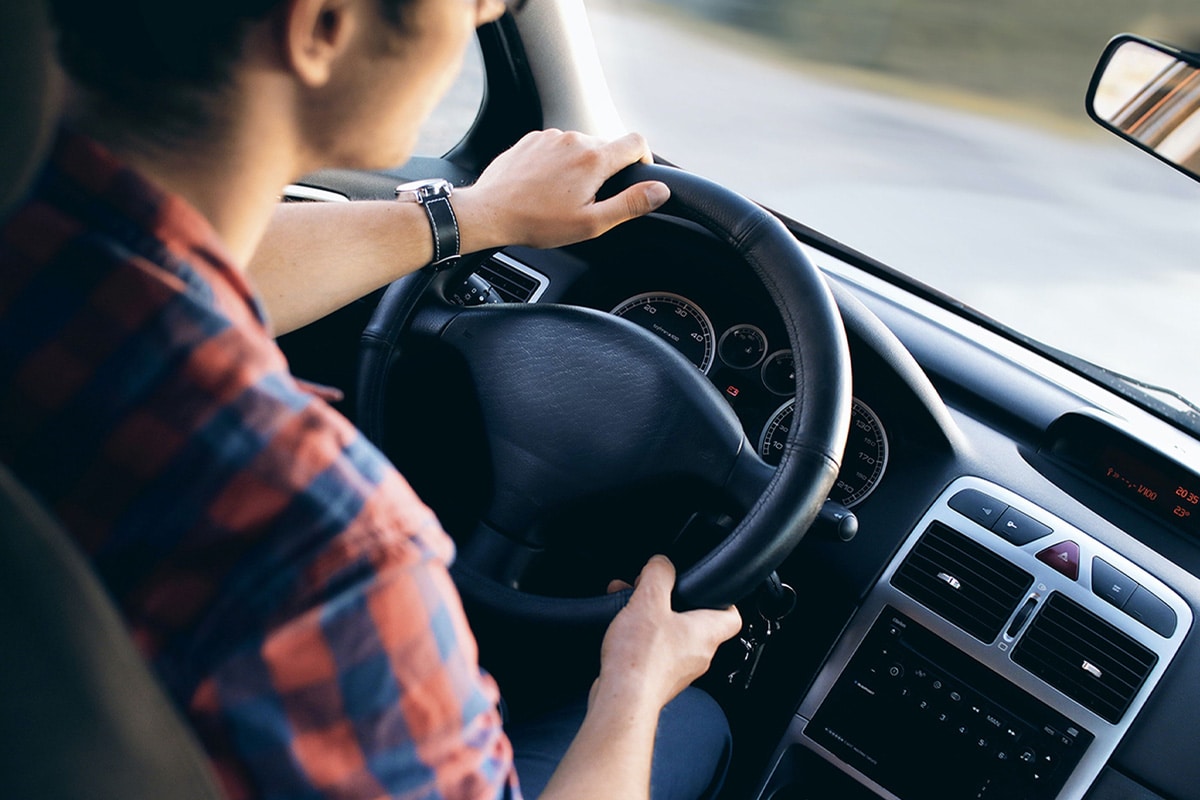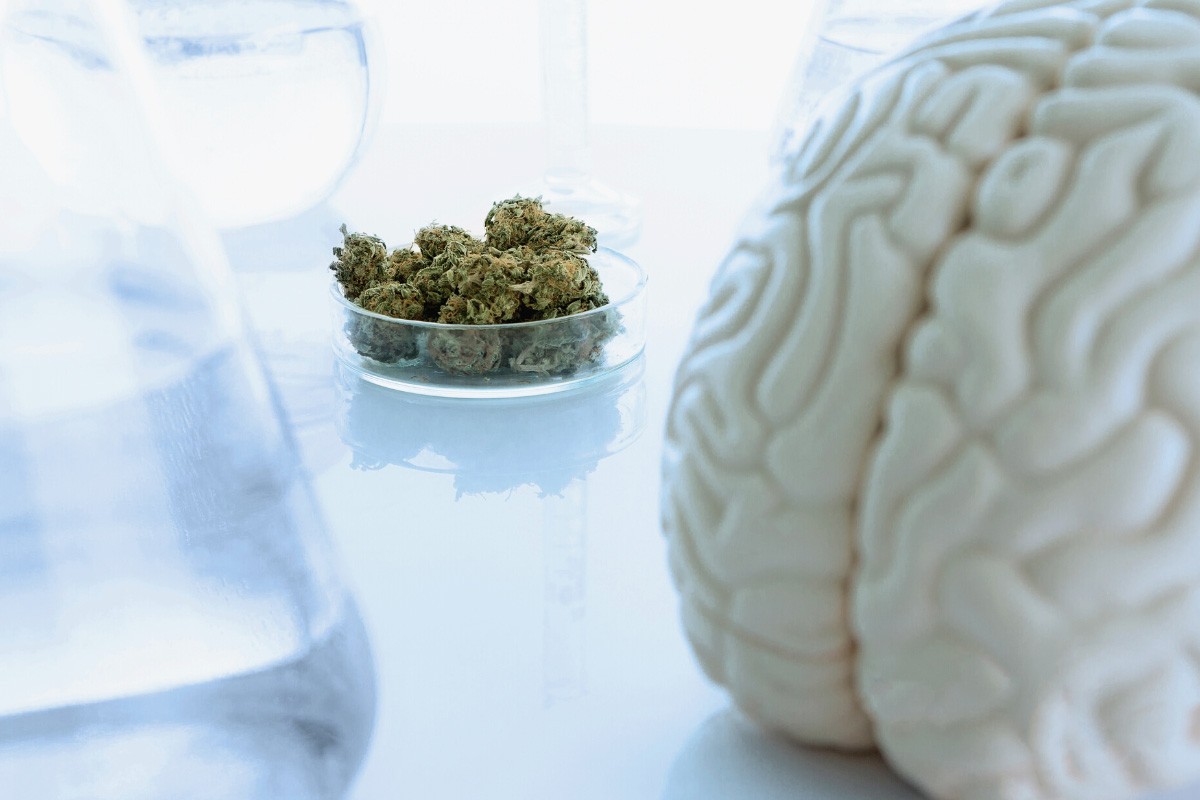The use of medical cannabis may have an influence on driving performance. Various studies have investigated the possible direct influence of recreational and medical cannabis use in different test scenarios. Two research teams have evaluated and published reviews of these studies. The first is an Australian research group led by pharmacologist Thomas Arkell [1] at Swinburne University of Technology, and the second is an American team led by medical toxicologist Mark Neavyn [2] at the University of Massachusetts Medical School. The general aim of a review is to screen relevant studies in the literature on a given topic, weight them in terms of their relevance, and draw key conclusions from the sum of the individual results. Unless otherwise indicated, the effects of cannabis use are attributed in particular to the psychoactive agent tetrahydrocannabinol (THC).
Relationship between cannabis use and crash risk
The researchers examined so-called epidemiological studies, which observe real-world events – in this case, crash rates – and correlate them with certain factors. Arkell and colleagues report studies that show drivers under the influence of cannabis have a 10-40% increased risk of being involved in a car accident. They also found that the likelihood of being the cause of an accident was increased compared to sober drivers. However, other large studies would not provide evidence of increased crash or accident causation rates under the influence of cannabis. The consensus of most studies is that the use of cannabis in an average amount may increase the risk of an accident at about the same rate as a blood alcohol concentration up to 0.05 g/L. The research team led by Dr. Neavyn still gives some limitations regarding medical cannabis: Above studies would draw data from accidents, which are mostly based on non-medical use of cannabis. However, this population would often also exhibit a significantly riskier driving style, which could not be found among those taking medical cannabis. Furthermore, a variety of influencing factors such as sleep deprivation play a role in accident occurrence, so that the distinct influence of medical cannabis on accident statistics cannot be clearly determined.
A total of 54 patients who attended at least one follow-up appointment at 3 months, 44 with another follow-up appointment at 6 months, and 32 patients who attended all three appointments participated in the study. Patients used medical cannabis to treat pain, anxiety and post-traumatic stress disorder, sleep problems, and to improve mood or alertness. Over the course of the study, medical cannabis was taken an average of 9 to 11 times weekly orally, in oral spray form, or via inhalation. Compositional analysis of the cannabis showed that, on average, more cannabidiol (CBD) was taken than tetrahydrocannabinol (THC).
Effects of cannabis use in driving simulation studies
Many studies can be found in the literature that survey psychomotor skills such as coordination and reaction speed before and after cannabis influence in simulation scenarios. These skills are crucial for safely operating a motor vehicle. Unfortunately, there are no standardized study designs for this, making it somewhat hard to compare results between studies. According to the authors, however, it can be considered confirmed that especially a high dose of acutely applied cannabis impairs the cognitive as well as the psychomotor performance at least in the medium term under laboratory conditions. However, these often quite theoretical data cannot easily be transferred to real traffic situations or driving simulations. It is interesting to note, for example, that drivers who consume cannabis for recreational purposes drive more slowly, maintain longer following distances and overestimate their state of intoxication. Furthermore, the authors cite a study that showed that driving-related cognitive abilities returned to the same level as before inhalation of 20 mg THC within about five hours. Another study reported subjects who showed clinically relevant limitations in driving ability for 40-100 minutes after inhaling 13.75 mg THC, but no longer than 4-5 hours after inhalation. Individual studies with a longer observation period show that psychomotor abilities may be impaired over 24 hours, although none of these long-term assessments explicitly examined driving performance on the road. Overall, the researchers conclude that significant impairment of psychomotor performance should be expected, particularly in the first 2-3 hours after consumption, although much of this impairment would subside after 3-6 hours. Therefore, the researchers recommend abstaining from driving for eight hours after ingesting medical cannabis.
Differences of medical and non-medical cannabis use on driving performance
When considering these studies, it is important to distinguish between the influence of medical and non-medical cannabis: Most studies on cannabis and driving focus on non-medical cannabis use, particularly among young, healthy participants who occasionally use cannabis in a highly intoxicating manner. Patients, on the other hand, typically use medicinal cannabis daily, for longer periods of time, and at a symptom-based dose, and thus develop pharmacological tolerance to THC effects that appear to mitigate driving impairment. For example, one important study demonstrated that participants with daily cannabis use of 10 mg THC or 20 mg dronabinol (synthetic THC) showed no impairment in driving performance. This was different from the comparison group in the study, who showed the expected impairments under occasional cannabis use (
Effects of cannabidiol (CBD) on driving performance
While the effects of cannabis use on driving performance can be attributed in particular to the psychoactive ingredient THC, there is no evidence of adverse effects from the use of CBD-only products. Also, the combination with other substances such as alcohol, although poorly investigated, does not seem to show a reinforcing effect. CBD is, however, a relevant inhibitor of metabolic enzymes needed to break down other drugs. Especially in combination with centrally sedating or activating drugs, a health care professional should be consulted before taking CBD and participating in road traffic.
The use of cannabis in combination with other psychoactive substances
Both research teams agree that the extent of impairment in driving ability can be significantly increased by the concomitant use of (medical) cannabis in combination with other psychoactive substances, such as alcohol or several centrally acting drugs. Patients should strongly be made aware of such a constellation. Especially in comparison to alcohol, there is no clear correlation between the level of THC in the blood and a possible impairment. This implies that the impairment of driving ability by a certain amount of THC differs from individual to individual. Thus, for person A, even an undetectably small amount of THC in the blood can lead to impaired driving performance, whereas for person B, with a demonstrably high level of THC in the blood, it may not.
Conclusion
Participating in road traffic is a complex task that requires a range of cognitive and psychomotor functions. To the authors’ knowledge, there are no studies demonstrating impaired driving performance following the explicitly use of medical cannabis. The general effects of THC on driving are generally moderate, mostly subsiding after up to eight hours and resembling the effects of low-dose alcohol. Patients with a subjective “high” should refrain from driving for 8 hours. Overall, cannabis patients appear to experience less impairment in their ability to drive than people with recreational use of cannabis.








